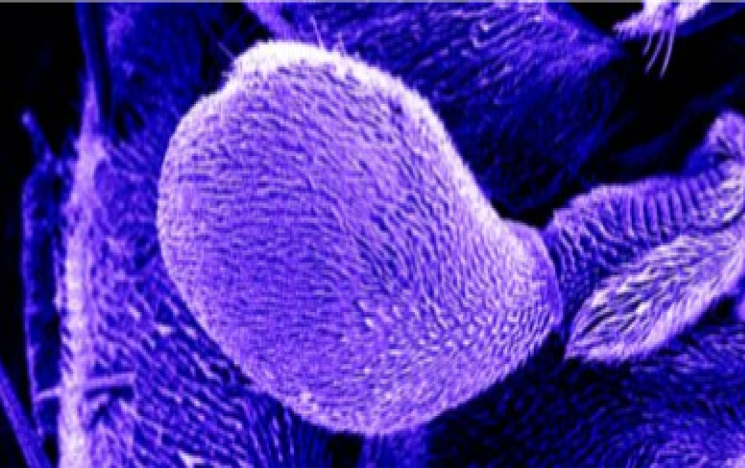
Claudio Alonso
RNA control of neural development and behaviour
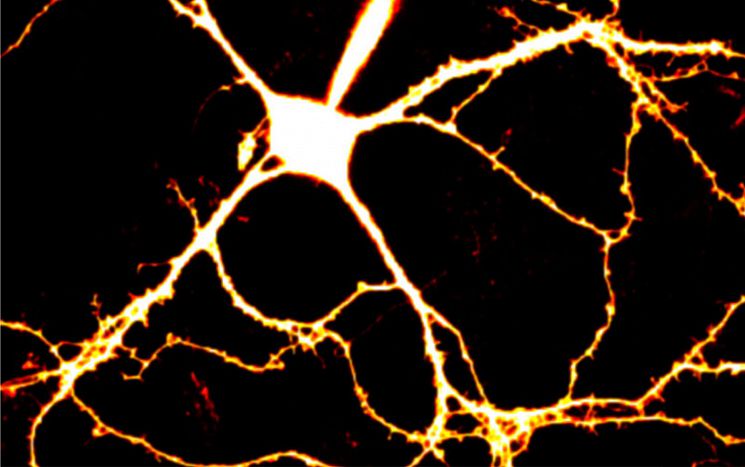
Animals often need to take risky decisions to maximize survival chances. How neural circuits in the brain compute risk and reward is a major question in neuroscience.” KEVIN STARAS
Professor of Neuroscience
To ensure survival, an animal must adaptively select, and then generate, appropriate and often complex behaviours. While human behaviors may appear to be less clearly driven by survival, they are underpinned by common neurobiological mechanisms.
Researchers in Sussex Neuroscience examine the neural basis of behaviour from many different angles. Work on the biological machinery of the brain is carried out at levels ranging from genes through neurons and circuits, while computational work ranges from modelling how the biophysical properties of neurons underlie information processing to the transfer of these principles to robotics and bio-mimetic AI. Behavioural and cognitive approaches to understanding the biological basis of normal and abnormal human behaviours such as reward, addiction and anxiety, are also a major focus in Sussex Neuroscience, with a close relationship between lab work and clinical application.

RNA control of neural development and behaviour
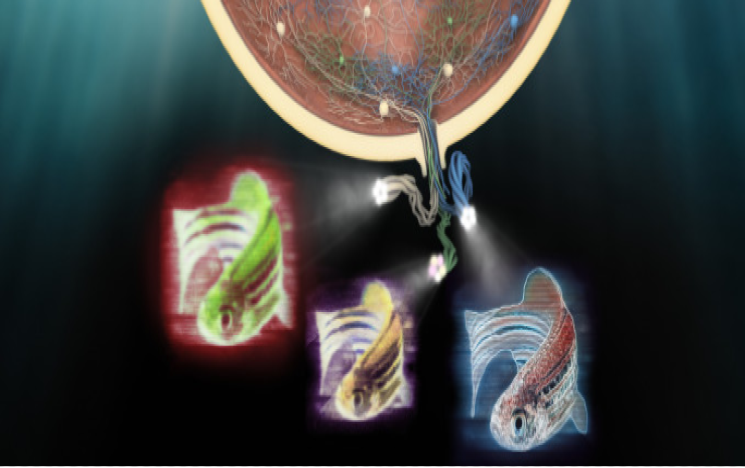
Vision and visual ecology
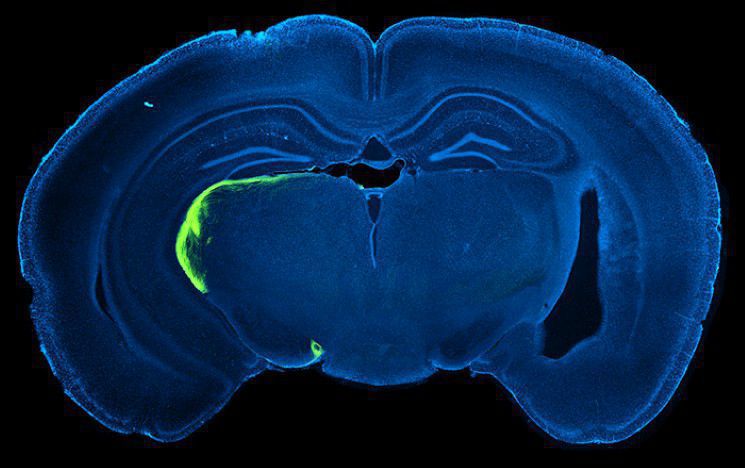
Vision and behaviour
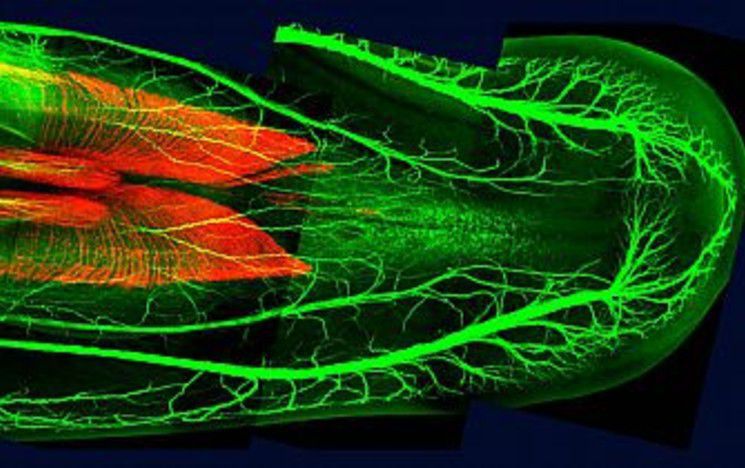
Development and disorders of motor neurons
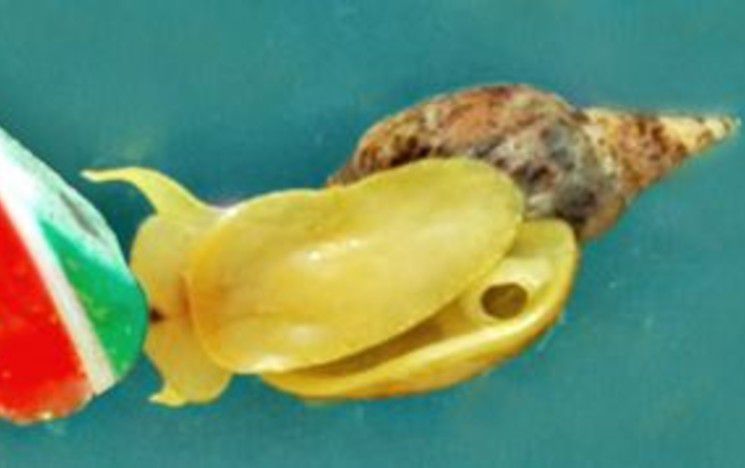
Memory function and dysfunction
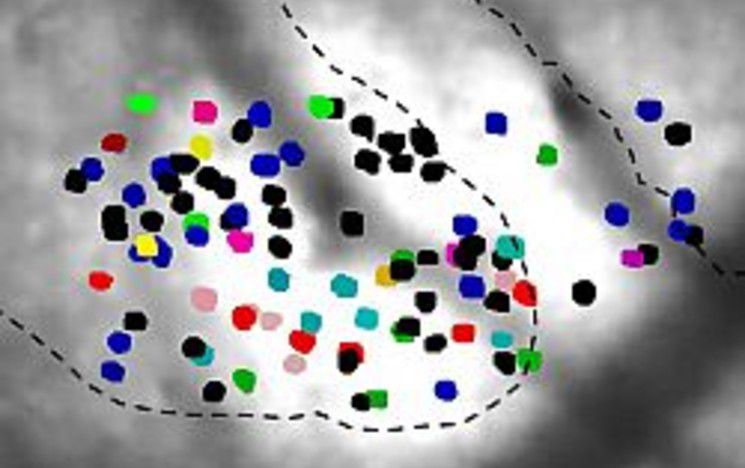
Sensory messages carried by neurons in the whisker system
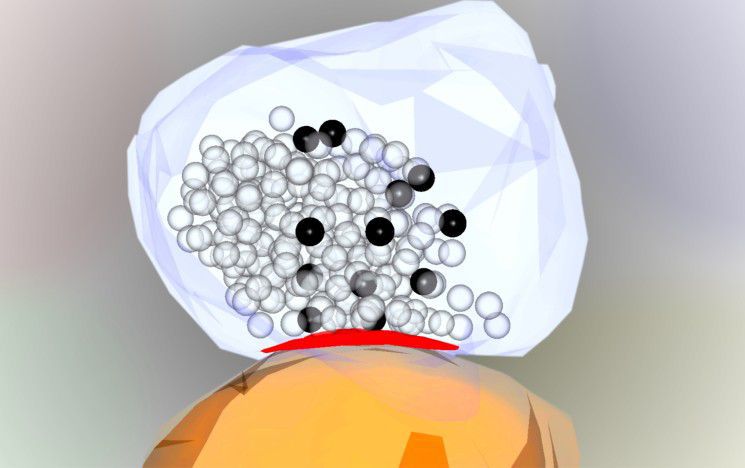
Synapses: function and dysfunction in learning and disease
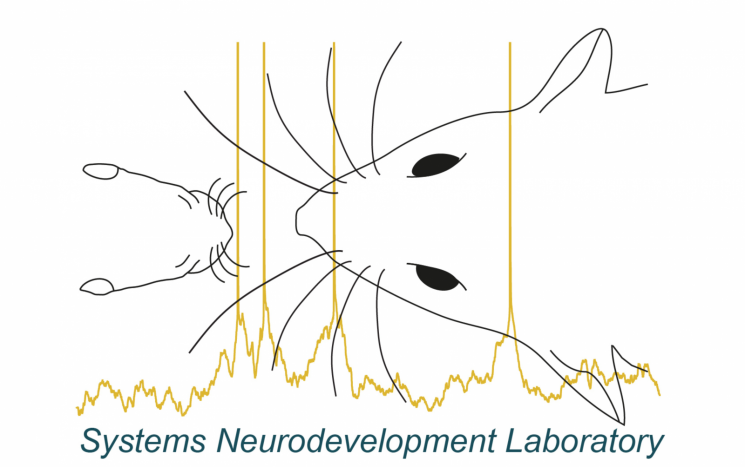
Systems Neurodevelopment Laboratory
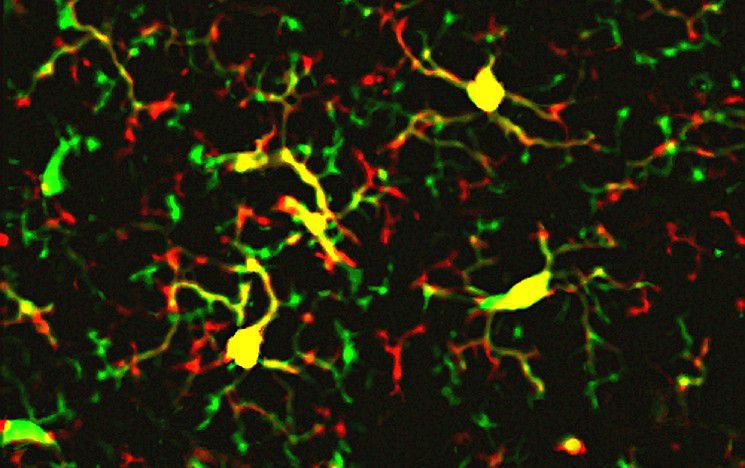
Brain energy supply and demand
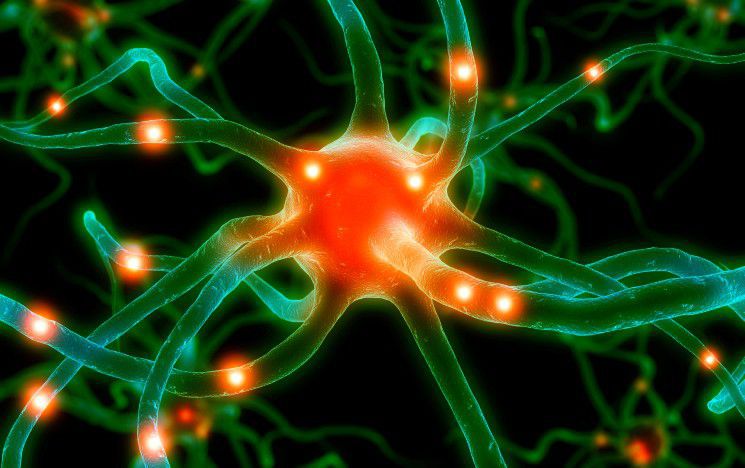
Molecular neuroscience of addiction and neurodegeneration
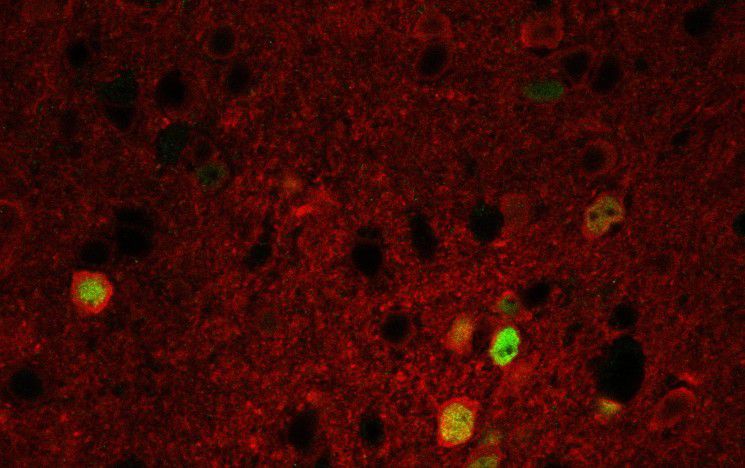
Neural ensembles involved in learned behaviours
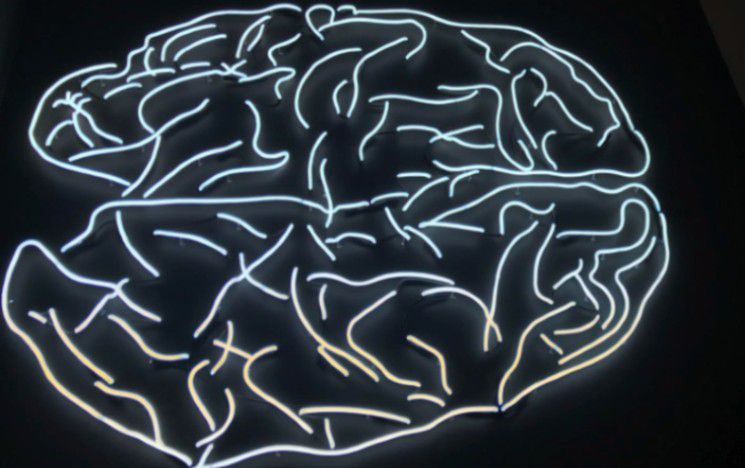
Molecular mechanisms of associative memory and psychiatric disorders

Addiction, impulsivity, learning and memory
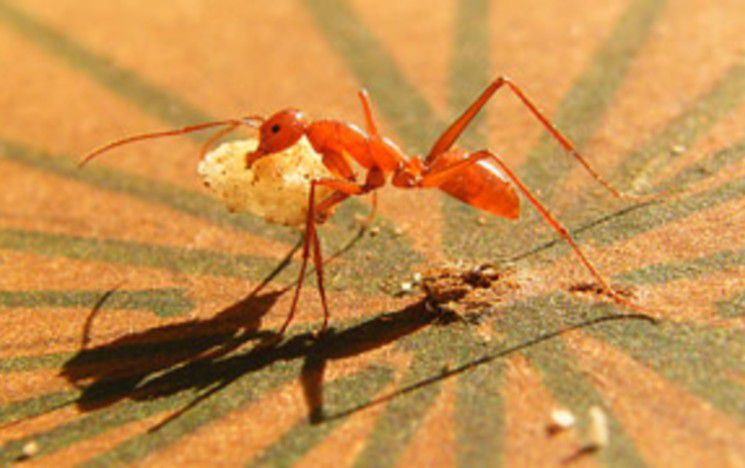
Insect navigation
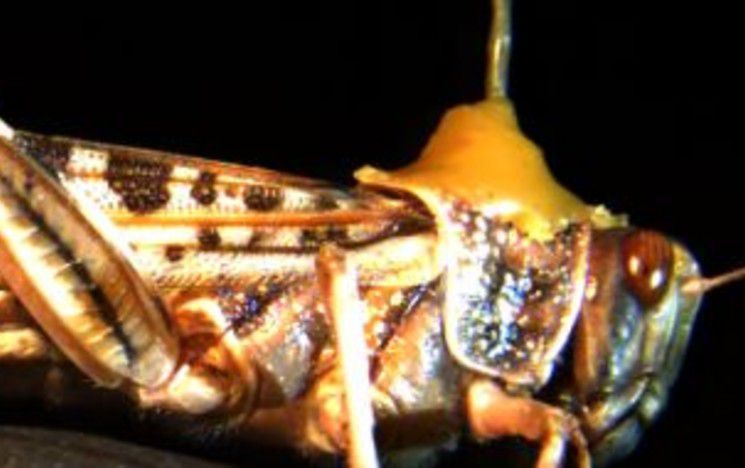
Evolutionary computational neuroscience
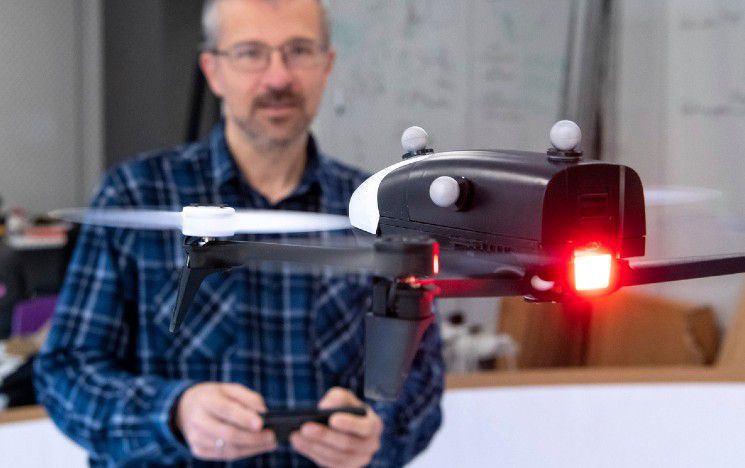
Computational neuroscience and hybrid systems
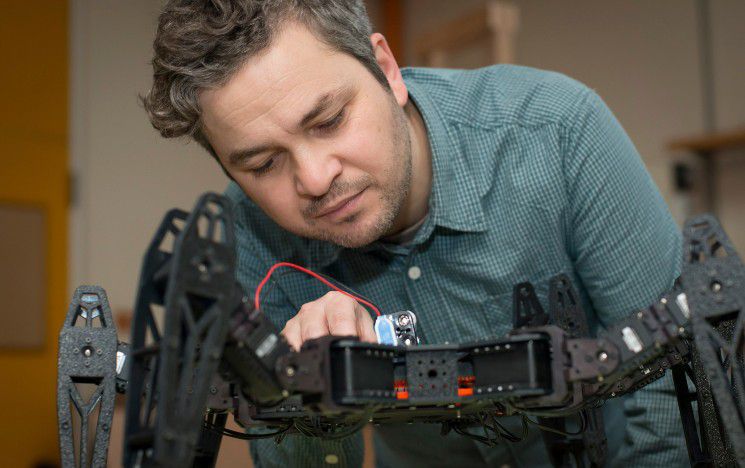
Robotics, AI and adaptive behaviour
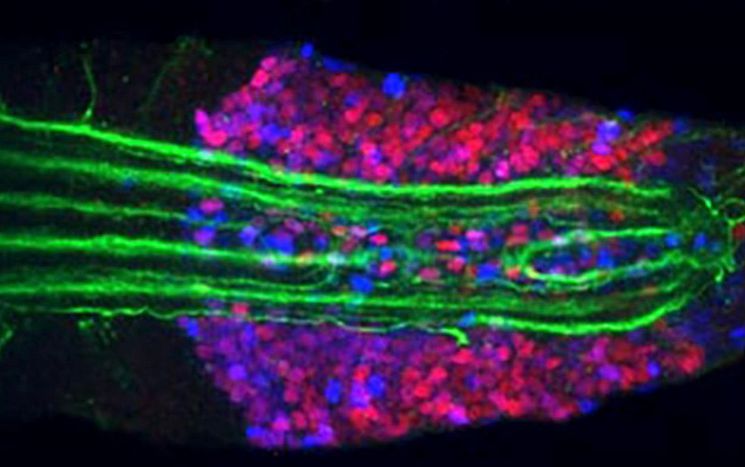
Development and function of motor networks